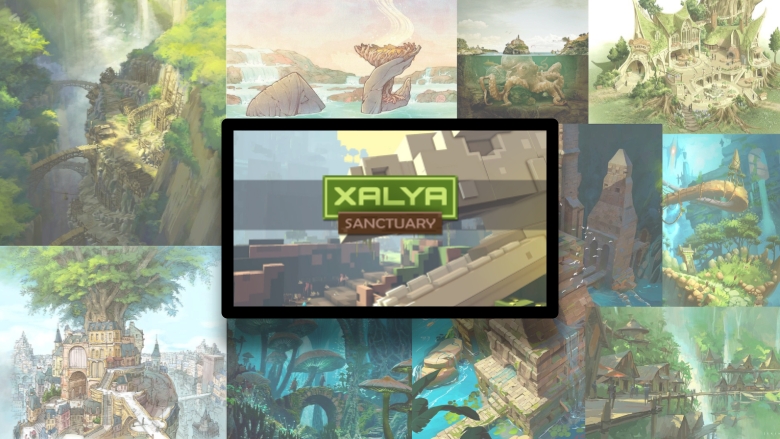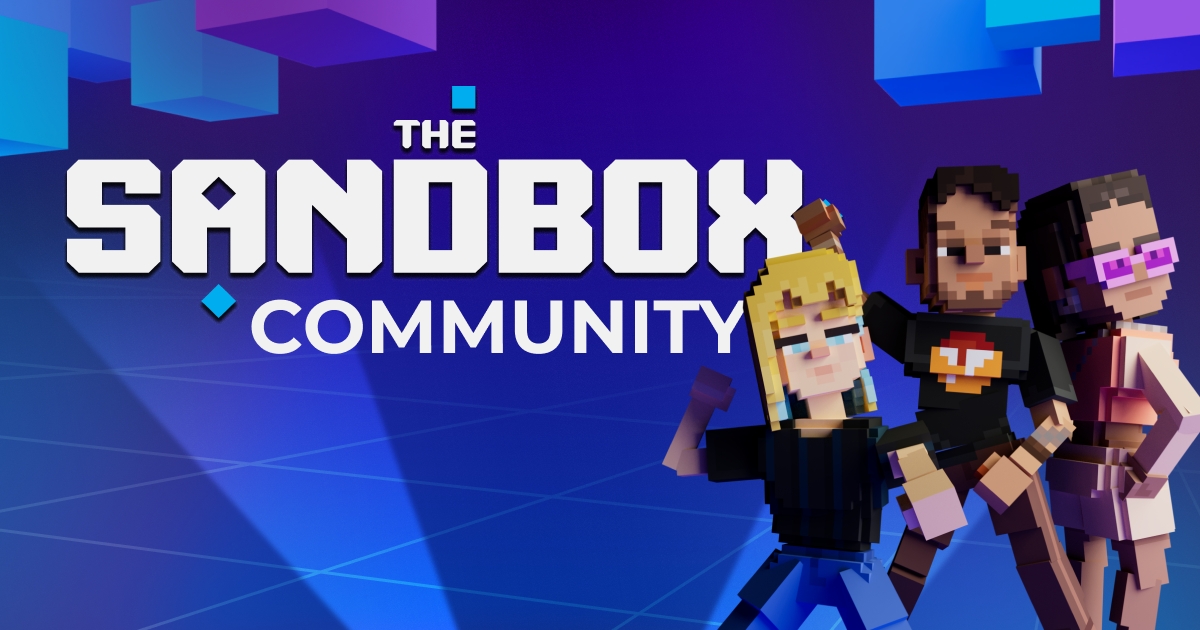Place Assets
This activity is included in an 8-part, 1 hour series to learn Game Maker. Short, focused topics with guided practice will give you practical experience building useful logic for creating games.
Begin Game Maker 3
Place & Position Assets (Objects)
🟢 EASY
In this activity, you will practice placing and positioning assets in Game Maker to add 3D interactive objects to a scene. You will also learn about the relationships that can be created between objects using the Hierarchy.
Place and Remove Objects
With an asset selected in the quick access bar,
LEFT CLICKinside the viewport to place itPress
SHIFTto snap to the grid when placing an assetTo remove an object:
RIGHT CLICKthe object while in Place mode or
Place mode orPress
Zto change to Select mode,
Select mode, LEFT CLICKto select the object, and pressDELETE
In Select mode,
LEFT CLICKto select an object and duplicate it withCTRL+D
Multi-Select
Practice selecting multiple objects and try duplicating and deleting a group:
Drag the mouse to draw a rectangle (this selects all objects behind the rectangle to the edge of the Experience)
Press
SHIFTand click one item at a time to add to your selectionPress
CTRLto add and remove an object from your selection
View and Snap to the Grid
The grid system and snap tools allow for custom block and asset placement for any project.
Open Grid settings to hide or show the grid, adjust scale, and set opacity. Let's leave the grid on
Place an object with the grid's
OSNAPtoggle on, and notice that you can turn on and off theX,Y, orZaxesSnap an object to the ground with a click
Move Objects
Change to
 Move mode and select the object to turn on the move gizmo, then:
Move mode and select the object to turn on the move gizmo, then:Click and drag a coloured arrow to move the object on one axis
Move the mouse pointer between two arrows to activate a plane to move only between those two axes
Move to the center where the arrows meet to activate a cube to move freely between all three axes
In the Properties panel, modify position coordinates to move the asset with precision
Test Movement with a Custom Grid
Change the grid's movement setting to 2 blocks
 and turn on
and turn on OSNAP, then test moving objects
Rotate Objects
Press
Oto Turn offOSNAPChange to
 Rotate mode and select the object to turn on the rotate gizmo, then:
Rotate mode and select the object to turn on the rotate gizmo, then:Click and drag a coloured curve to rotate the object on one axis
Hover over the gizmo to activate a sphere to rotate freely between all three axes
In the Properties panel, modify rotation coordinates to rotate the asset with precision
Test Rotation with a Custom Grid
Change the grid's rotation setting to 30 degrees
 and turn on
and turn on OSNAP, then test rotating objects
Test the Hierarchy to Control Objects
An object can be moved or rotated in relation to a parent object. This relationship can be created in the  Hierarchy (
Hierarchy (H).
Click an object in the Viewport and notice it is highlighted in the Hierarchy
In the Hierarchy, drag and drop that object onto another object to make it a child
Select the parent object and test movement and rotation to see how it controls the child object's position and rotation
Follow Up
Practice: Use what you've learned to build a small scene of objects. It takes time to get used to the controls with the mouse and keyboard shortcuts, but the tools are very flexible to build any project.
The next activity will introduce behaviours to drive an object's actions and tags to customize how objects can detect and respond to each other.
➕ Relevant Resources

When you place an asset, it becomes an object. You can place an asset as many times as you like. Learn more and see examples of managing object position.

The grid is a useful tool to measuring 3D space when blocking out your Experience. It also makes it easy to place, move, and rotate objects quickly to the increments you set.

When you're building a game, you'll add decorative props after your gameplay logic. Now is a great time for beginners to practice detailing to create scenery. Check out our design tips.

Create a mood board of inspiring graphics to help define your game's art style. We recommend some great tools to get started and visual elements to consider.

Check out our useful tips and examples for how to craft worlds with different approaches: character-first, concept-first, and world-first.
Forum: Community Ideas & Support
Other "Begin Game Maker" Videos
Last updated
Was this helpful?


